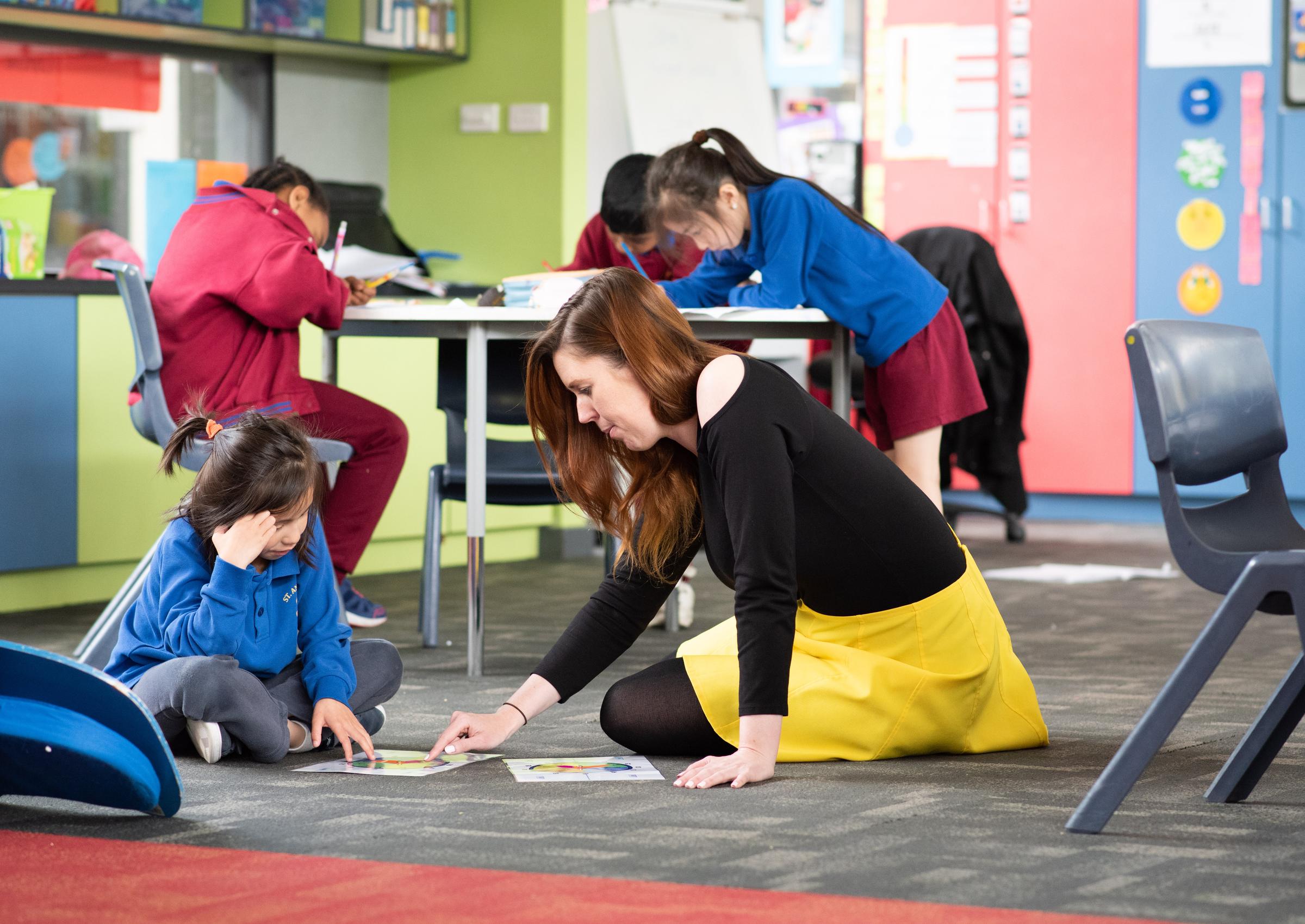Dear Parents and Carers
We have been very busy with a term full of learning and assessments.
This week I would like to share with you the MACS vision for Numeracy and Mathematics.
Mathematics involves developing an understanding of numbers and quantity, operations, patterns, space, measurement, and shapes. It builds in complexity, which means that early performance in mathematics relates to future performance. Access to high-quality mathematics instruction can improve student attitudes towards mathematics and change trajectories of student outcomes and pathways (The Meadows Center 2017). The following recommendations are based on evidence-based practices for mathematics:
• Develop number sense: Teach students what quantities and numbers mean and how to represent them with objects and numerals. For example, use number lines, get students to count fluently, and compare amounts.
• Build fluency: Ensure that students have fluency with addition, subtraction, multiplication, and division.
• Teach mathematics concepts: Help students to understand mathematics concepts. Teach the ‘why’ and ‘how’ of mathematics in combination with procedures and rules.
• Use concrete materials: Get students to use hands-on materials and visual representations to show concepts and procedures.
• Use problem-solving strategies: Explicitly teach problem-solving and reasoning strategies. Teach students how to read problems and organise work according to the structure of the problem.
• Use explicit instruction: Use explicit instruction when introducing new mathematics content and then gradually release responsibility to students. Model mathematics problems step-by-step and use guided practice, then independent practice with teacher feedback. Provide opportunities for students to explain their work and thinking in oral and written forms.
• Use precise mathematics language: Encourage students to use correct mathematics language when verbalising explanations and steps for solving problems.
Kind regards
Glennis Kerr
Learning & Teaching Leader

